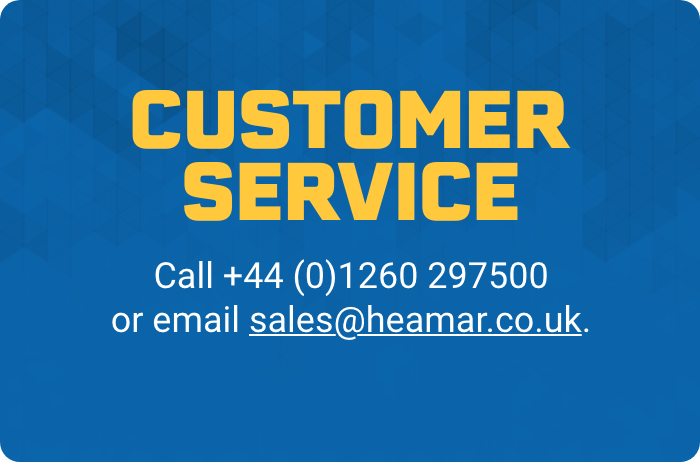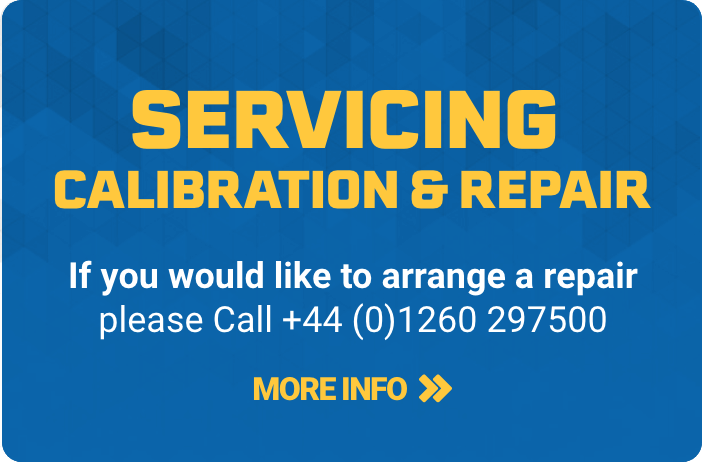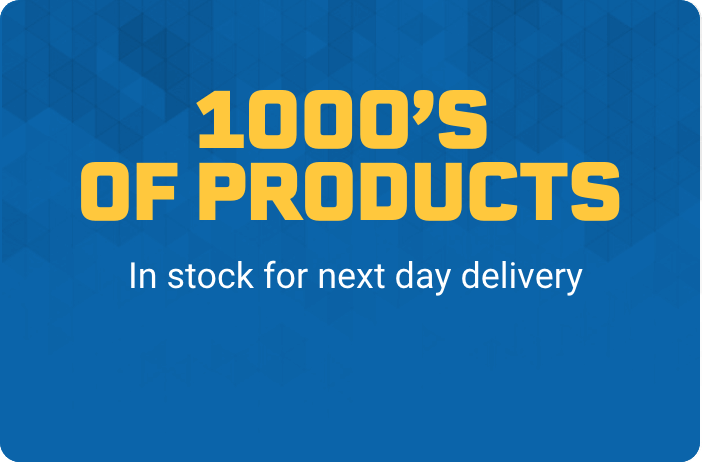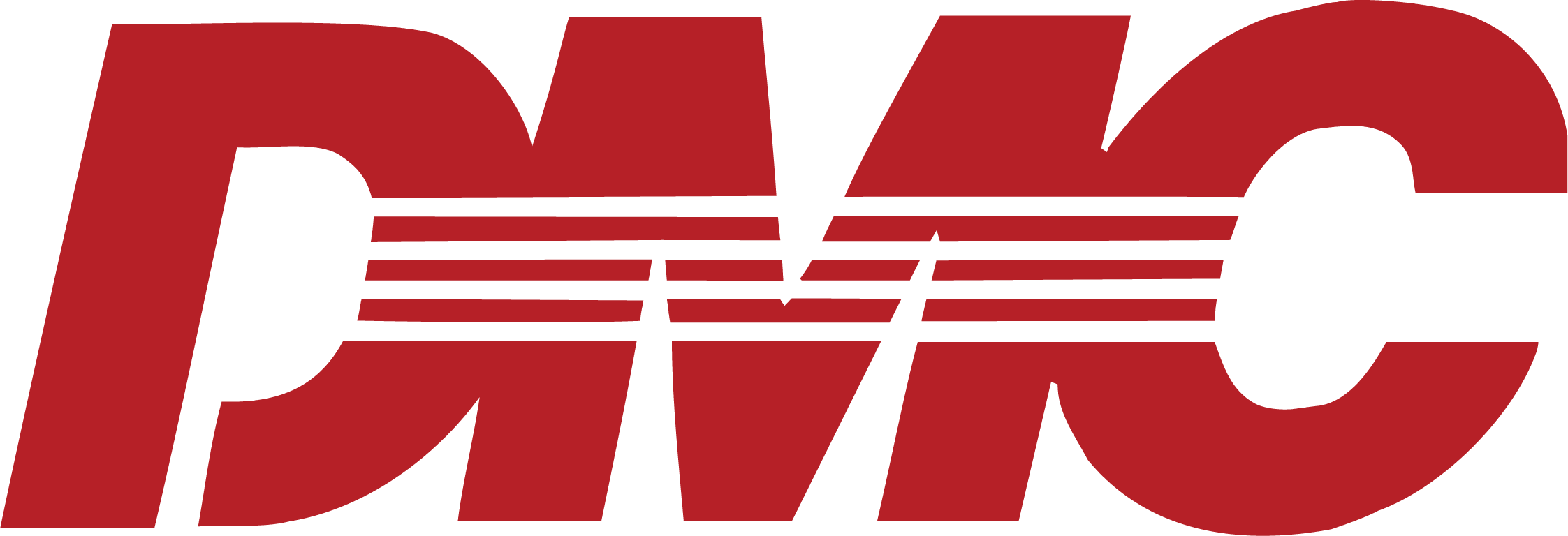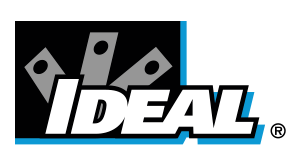Choosing the right measuring tools is required for precision and efficiency across various industries including engineers, technicians, and professionals who depend on these tools for tasks that require exact measurements and adherence to strict standards.
The correct tools can significantly impact the accuracy of your work, helping you avoid costly mistakes and improve productivity. For those looking to source high-quality equipment, here at Heamar, we offer a wide range of reliable options.
This guide will walk you through essential steps to identify and select the right measurement tools for your needs, from tool selection criteria to understanding your measurement requirements and evaluating tool features.
We’ll also look at various types of tools, their applications and provide recommendations for reliable brands and calibration practices.
Identify Your Measurement Needs
The first step in choosing the right tools is to identify your specific needs. This starts with understanding the requirements of your industry and the tasks you regularly perform.
Different industries may have standards and applications that dictate any required measurements. For example, an engineer may need tools for precise measurements of length, angles, and diameters, while a researcher might require tools for measuring weight, volume or chemical concentrations.
Recognising these needs will help you narrow down the list of suitable tools, meaning that you choose only those necessary for your work.
This focused approach will save time and prevent you from purchasing tools that you don’t need.
Once you have a clear understanding of your measurement needs, the next step is to research the types of tools available. The tools you choose should align closely with your specific requirements.
For instance, a slump cone might be essential in construction for measuring the consistency of fresh concrete, while a gauge block could be necessary in manufacturing for precise length measurements.
Understanding the specific uses and applications of various tools will help you make informed decisions about which ones will best meet your needs.
Additionally, consider the environment in which the tools will be used, as some tools are better suited to certain conditions than others.
Researching the latest advancements in tools such as digital displays and data recording capabilities, can also provide significant benefits by improving the functionality and efficiency of your work.
Research the Types of Tools Available
Slump Cone
A slump cone is typically used in construction to measure the consistency of fresh concrete before it sets, and that the mix has the correct water-cement ratio for strength and durability.
Gage (Gauge) Block
A gage (gauge) block is a high-precision tool commonly used in manufacturing and mechanical engineering to calibrate measuring equipment and confirm the accuracy of length measurements.
Scales and Spring Balances
Scales and spring balances are essential tools for measuring weight, ranging from small, precise lab scales to larger industrial ones, and are used across various industries including research, manufacturing, and retail.
Feeler Gauge
A feeler gauge is used to measure gap widths or clearance between two parts, making it an indispensable tool in automotive and mechanical work for checking and setting gaps.
Micrometer
A micrometer provides highly precise measurements of small dimensions, such as thickness, diameter and depth, and is widely used in mechanical engineering, machining, and manufacturing.
Straight Edge and Scale
A straight edge and scale are used to check the straightness of surfaces and measure lengths and are commonly employed in woodworking, metalworking and machining.
Caliper
A caliper is a versatile tool used to measure the distance between two opposite sides of an object, with various types like vernier, dial and digital callipers being used across multiple fields to measure dimensions accurately.
Understand Measurement Units and Standards
Choosing measurement tools requires a thorough understanding of the units and standards used in your industry.
The metric system, which includes metres, kilograms, and litres, is widely used globally, while the imperial system, with units like feet, pounds, and gallons, is predominantly used in the United States.
Adhering to these measurement systems allows for consistency and accuracy in your work. In addition to understanding the measurement units, it’s also advised to consider the industry standards that apply to your field.
For example, the International Organisation for Standardisation (ISO) and the American Society for Testing and Materials (ASTM) set standards that allow tools to meet the required levels of accuracy and reliability. By selecting tools that adhere to these standards, you can maintain uniformity and dependability in your measurements, which is essential for meeting industry requirements.
Consider Accuracy and Precision Requirements
When selecting this equipment, accuracy and precision are two of the most critical factors to consider. Accuracy refers to how closely a measurement aligns with the true value, while precision indicates the consistency of repeated measurements.
High accuracy and precision are needed for reliable results, especially in fields where even minor errors can have significant consequences, such as aerospace engineering.
The resolution of a tool, which is the smallest change it can detect, plays a key role in determining its accuracy, tools with higher resolution provide more accurate measurements, making them preferable for tasks requiring exact precision. Repeatability (the tool’s ability to consistently produce the same measurement under identical conditions) is also required.
Tools with high repeatability mean that your measurements are dependable and consistent. Regular calibration is another major factor in maintaining a tool’s accuracy.
Calibration aligns the tool with known standards, meaning it continues to perform reliably over time. Depending on the application, different tasks may require varying levels of precision, so it’s vital to choose tools that balance accuracy and precision according to your specific needs.
Evaluate Ease of Use and Features
Ease of use and additional features are major considerations when selecting these tools. User-friendly tools can significantly improve efficiency and reduce the likelihood of errors during use. Ergonomically designed tools, with comfortable grips and intuitive controls, are particularly valuable for tasks that require prolonged use, as they help reduce user fatigue and maintain accuracy.
Modern tools often come equipped with digital displays, which make reading measurements easier and more precise. These digital interfaces eliminate the need to interpret manual scales, reducing the chances of user error. Additionally, some tools offer data recording and storage capabilities, allowing users to track and analyse measurements over time—a feature particularly useful in research and quality control settings.
Advanced features such as connectivity options, including Bluetooth or USB, enable easy data transfer to computers or other devices for further analysis. Some high-end tools also feature automatic calibration, ensuring they are always ready for accurate use without requiring manual adjustments. Prioritising tools that meet your specific needs and offer these beneficial features can streamline your workflow and enhance overall productivity.
Assess Durability and Build Quality
Durability and build quality are major factors to consider when selecting tools.
High-quality tools not only last longer but also provide consistent, reliable performance, which reduces the need for frequent replacements. When evaluating a tool's durability, it’s advised to look at the materials used in its construction. Tools made from robust materials, such as stainless steel, are typically more resistant to rust and wear, making them ideal for various environments and conditions. In addition to the materials, the overall design and construction of the tool play a significant role in its longevity. Tools with solid construction and minimal moving parts are generally more durable and less prone to malfunction.
Features such as shock resistance and waterproofing can further extend the life of the tools, particularly in demanding industrial or outdoor settings. Brand reputation is another key consideration when assessing durability. Brands known for their durable, high-quality products often have a track record of reliability and positive user feedback. Investing in tools from reputable brands can provide long-term value and dependable performance.
Compare Costs and Budget
When choosing tools, you need to balance cost with quality and performance. While budget constraints are a reality, investing in high-quality tools can save money in the long run by reducing downtime and the need for frequent replacements.
High-quality tools may come with a higher initial cost, but they often offer better durability and reliability, making them a more cost-effective choice over time. To make the most of your budget, identify tools that meet your essential requirements without unnecessary features that drive up the price.
It’s also worthwhile to compare different brands and models to find options that provide the best value for money. Look for tools that have positive reviews and are known for their reliability in your specific field.
In addition, consider the long-term value of tools that come with warranties and good customer support. A warranty can protect your investment by covering repairs or replacements if the tool fails. By carefully comparing costs and considering your budget, you can make informed decisions that allow for both quality and value without compromising on the performance of your tools.
Read Reviews and Seek Recommendations
Reading reviews and seeking recommendations are valuable steps in choosing the right tools.
User reviews offer insights into the real-world performance and reliability of tools, highlighting both their strengths and potential weaknesses. These reviews can help you gauge how a tool performs under different conditions and in various industries. Expert opinions are another useful resource. Industry experts often publish detailed reviews and comparisons in trade magazines, blogs and forums.
These sources provide in-depth analysis and technical evaluations that can guide you in making an informed decision. Additionally, recommendations from colleagues and industry peers can be particularly helpful.
Professionals who have hands-on experience with specific tools can offer practical advice and insights that are directly relevant to your needs.
To make sure you’re getting accurate information, stick to reputable review platforms and verified purchase reviews. This approach will help you make well-informed choices and select tools that best meet your specific needs.
Make Your Purchase
After thorough research you’re ready to make your purchase. Begin by reviewing all the information you’ve gathered, and comparing tools based on key factors such as accuracy, durability, ease of use, and cost.
Make sure that the tools you choose align with your specific needs and industry standards. Before finalising your purchase, confirm that the selected tools are compatible with your existing equipment and processes. Compatibility is needed to avoid any issues with integration and performance. It’s also advised to choose reliable suppliers known for quality products and excellent customer service.
While it’s essential to stick to your budget, prioritise quality for long-term value. High-quality tools may have a higher upfront cost but offer better durability and performance. If needed, explore financing options or look for discounts that can ease the financial burden without compromising on quality.
Finally, when placing your order, make sure you have a clear understanding of the delivery timeline and any associated costs, as well as the after-sales support offered by the supplier, including warranties and return policies.
What are the Most Important Features to Look for in a Measurement Tool?
When selecting tools, focus on accuracy, durability, and ease of use. Tools that offer these qualities provide reliable results and long-term value. Accuracy is critical for obtaining precise measurements, while durability means that the tool can withstand regular use without degrading performance.
Ease of use, including ergonomic design and clear displays, improves efficiency and reduces the likelihood of errors. Additionally, features like data recording and connectivity can add significant value, particularly in professional settings where tracking and analysing measurements over time is required. By choosing tools with these essential features, you can achieve the precise measurements needed for your work while maintaining productivity and minimising downtime.
How Often Should Measurement Tools Be Calibrated?
Calibration is essential for maintaining the accuracy and reliability of your tools. The frequency of calibration depends on several factors, including the type of tool, how frequently it’s used, and the precision required by your industry. High-precision tools, such as micrometres and callipers, typically require more frequent calibration—often annually or biannually.
Tools used in critical applications, where even minor errors can have significant consequences, may need more frequent checks. Different industries have specific standards for calibration. For example, the aerospace and medical industries often require more rigorous calibration schedules compared to general manufacturing. You need to follow these industry guidelines so that your tools consistently meet the required standards.
Environmental conditions, such as temperature and humidity, can also affect the accuracy of these tools. Tools used in harsh or variable environments should be calibrated more frequently to make sure they continue to perform accurately under different conditions.
Always adhere to the manufacturer’s guidelines for calibration. These recommendations are based on extensive testing and are designed to keep your tools operating at peak performance.
Regular calibration is required for the accuracy of your measurement tools, reducing the risk of errors, and maintaining the high standards required in professional settings. By following a consistent calibration schedule, you can extend the life of your tools and provide reliable results.
How Can I Ensure the Accuracy of My Measurement Tools?
Maintaining the accuracy of your measurement tools requires regular calibration, proper storage, and careful handling.
Calibration aligns the tool with known standards, meaning it continues to perform accurately over time. Proper storage in a clean, dry environment helps prevent damage and degradation, while careful handling avoids impacts that can affect precision.
Regularly inspecting tools for wear and replacing damaged components promptly is also essential for keeping your tools reliable. By following these best practices the tools will provide accurate and dependable results, allowing you to maintain high standards in your work.
By following the steps outlined in this guide, you can make informed decisions that balance accuracy, durability, ease of use, and cost. Reliable tools contribute to successful project outcomes and long-term productivity. Heamar is committed to providing high-quality tools that meet the demands of various industries.
With our extensive range of products and dedication to customer satisfaction, we are a trusted choice for professionals.
Take a look at Heamar's range of quality measurement tools, and for further assistance or inquiries, please contact us.



